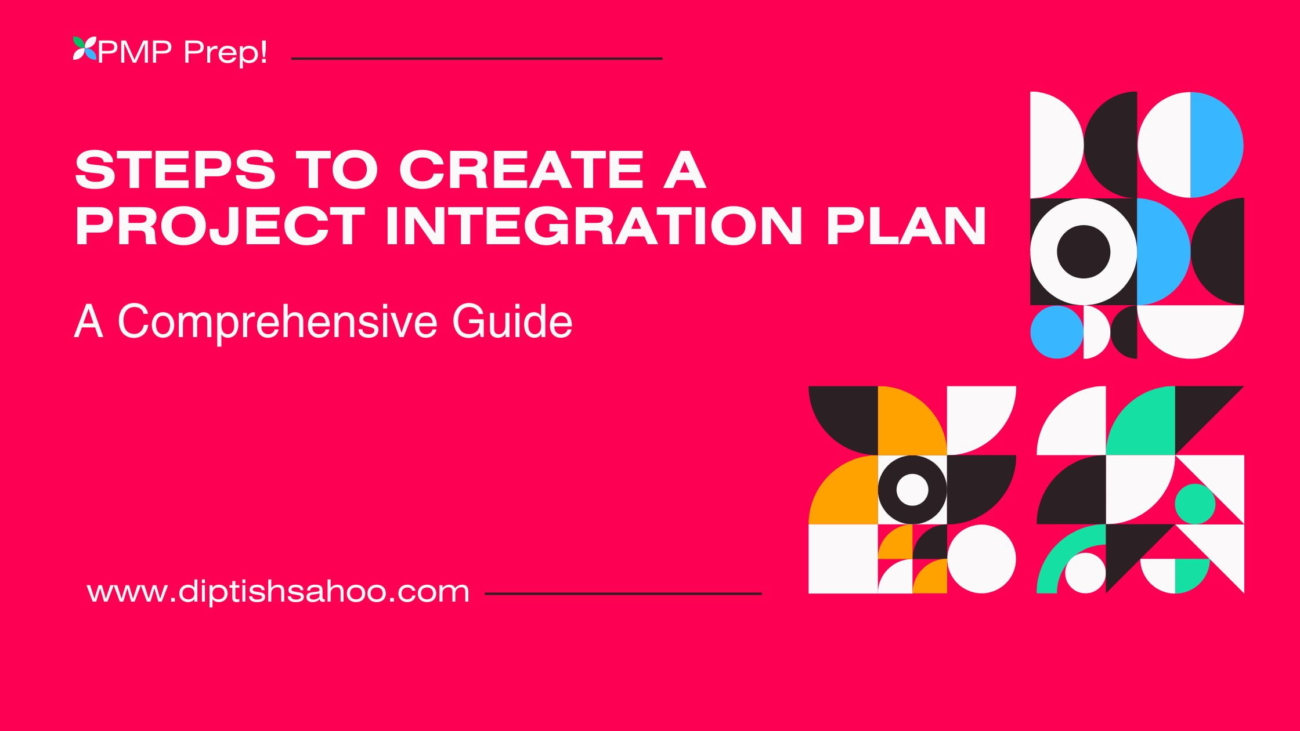In the field of project management, phase gate processes play a vital role in ensuring the successful execution of projects. These processes, also known as stage-gate processes, provide a systematic approach to project development and allow for effective decision-making at key milestones throughout the project’s lifecycle.
Phase gate processes are typically divided into distinct phases or stages, each with its own set of objectives, deliverables, and criteria for moving forward. The purpose of these gates is to evaluate the progress and viability of the project and to make informed decisions about whether or not to proceed to the next phase.
Benefits of Phase Gate Processes
Implementing phase gate processes offers several benefits to project managers and stakeholders:
- Improved Decision-Making: By implementing gate reviews at key milestones, project managers can make informed decisions based on the current status of the project. This helps to mitigate risks and ensure that the project remains aligned with the overall objectives.
- Enhanced Project Control: Phase gate processes provide a structured framework for managing projects. By clearly defining the objectives, deliverables, and criteria for each phase, project managers can effectively monitor progress and identify any deviations from the original plan.
- Reduced Project Failure: By conducting gate reviews, project managers can identify potential issues or risks early on in the project lifecycle. This allows for timely interventions and adjustments, reducing the likelihood of project failure.
- Increased Stakeholder Engagement: Phase gate processes provide opportunities for stakeholders to provide input and feedback at key milestones. This promotes collaboration and ensures that the project remains aligned with the needs and expectations of all stakeholders.
- Resource Optimization: By evaluating the project’s progress at each gate, project managers can assess the allocation of resources and make necessary adjustments. This helps to optimize resource utilization and ensure that resources are allocated effectively throughout the project.
Key Phases in Phase Gate Processes
While the specific phases may vary depending on the project and industry, phase gate processes typically include the following key phases:
- Initiation: This phase involves defining the project’s objectives, scope, and stakeholders. It also includes conducting feasibility studies and assessing the project’s overall viability.
- Planning: In this phase, project managers develop a detailed project plan, including tasks, timelines, resource requirements, and risk management strategies. This phase also involves obtaining necessary approvals and assembling the project team.
- Execution: The execution phase focuses on the implementation of the project plan. Project managers monitor progress, manage resources, and address any issues or risks that arise during this phase.
- Monitoring and Control: This phase involves tracking the project’s progress, comparing it against the project plan, and making necessary adjustments. Project managers also ensure that the project remains within budget and meets the defined quality standards.
- Closure: The closure phase marks the completion of the project. Project managers conduct a final review, document lessons learned, and ensure that all project deliverables have been met. This phase also includes obtaining final approvals and transitioning the project to the operational phase, if applicable.
Challenges in Implementing Phase Gate Processes
While phase gate processes offer numerous benefits, they can also present challenges during implementation:
- Resistance to Change: Implementing phase gate processes may require a cultural shift within the organization. Resistance to change from team members or stakeholders can hinder the successful adoption of these processes.
- Complexity: Phase gate processes can be complex, especially for large and complex projects. Project managers need to ensure that the processes are well-defined and clearly communicated to all stakeholders to avoid confusion or misinterpretation.
- Resource Constraints: Allocating resources for gate reviews and conducting thorough evaluations at each phase can be resource-intensive. Project managers need to carefully manage resources to ensure that the benefits outweigh the costs.
- Decision-Making Bias: Gate reviews rely on effective decision-making. However, biases or personal agendas can influence the decision-making process, potentially leading to poor project outcomes.
In conclusion, phase gate processes provide a structured approach to project management, allowing for effective decision-making and control throughout the project’s lifecycle. By implementing these processes, project managers can mitigate risks, optimize resource utilization, and increase the likelihood of project success. However, it is important to address the challenges associated with implementing phase gate processes to ensure their successful adoption within an organization.








